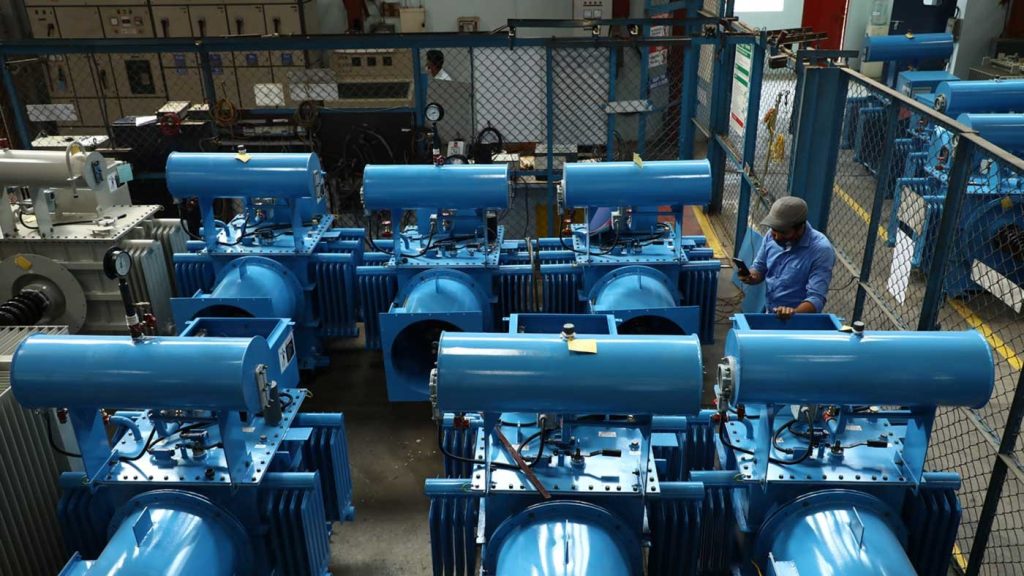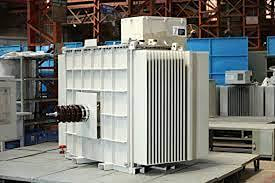Transformer bushings can make a big difference between smooth operation and costly downtime. Ever wondered why? The truth is, bushings are critical components that handle high voltages, temperature fluctuation, and loads all at once. During faults like overheating, mechanical stress, and electric field concentration, the result can be catastrophic failure.
Thus, advanced modeling and simulation are used. Now, instead of waiting for faults to occur, engineers can predict how bushings will behave under various stresses and optimize designs for reliability, which results in the extended life of power equipment.
In this blog, we will understand how the simulation of electric fields, mechanical stress, and thermal stress is changing the way transformer bushing is crafted, tested, and maintained.

Electric Field Simulation: Reducing the Risk of Partial Discharges
One of the biggest challenges in transformer bushings is managing the distribution of the electric field. Uneven fields can lead to hotspots and eventually partial discharges—often the starting point of insulation failure.
Through finite element modeling (FEM), engineers can simulate how the electric field behaves across the bushing under different operating voltages. With these insights, they can adjust the insulation geometry, utilize graded materials, and ensure field uniformity, thereby making the bushing far more reliable.
Preventing Overheating and Aging
Overheating can harm transformer bushings. Continuous high loads develop thermal stress, which can lead to insulation aging and ultimately result in cracks and oil leaks.
With thermal modeling, engineers can analyse the heat flow through the bushing under different load cycles. This can help manufacturers develop various strategies and select materials, preventing hotspots and ensuring stable performance even in harsh conditions.
Mechanical Stress Simulation
Bushing deals with electricity and also faces mechanical loads from vibrations, seismic activities, and even wind forces. Over time, this can weaken the structure and cause failures.
Simulation of mechanical stress and strain helps identify weak points, allowing engineers to optimize the design, select material that fits well, and test resilience against stresses without the trial-and-error of physical prototyping.
Why Integrated Simulation Matters?
Each stress factor, i.e., Electric, thermal, and mechanical, can be studied individually, but the real value lies in multi-physics simulation. That’s when engineers evaluate all three and understand how they interact.
For example, heat can alter mechanical strength, and mechanical stress can affect electric field distribution. By integrating simulations, manufacturers can design bushings that are robust, efficient, reliable, and cost-effective over the long run.
In Essence
Transformer bushings are simple insulators that safeguard the health of entire power networks. Due to advanced modeling and simulation, the industry is moving away from reactive maintenance toward predictive and preventive strategies.
At Ador Powertron, we offer high-performance transformer bushings, advanced power solutions, and electrostatic precipitators that help industries enhance efficiency, reliability, and compliance with global standards.
Are you looking to enhance your transformer bushings with smart modeling and simulation-driven designs? If yes! Then connect with Ador, optimize performance, reduce failures, and build sustainable operations.




